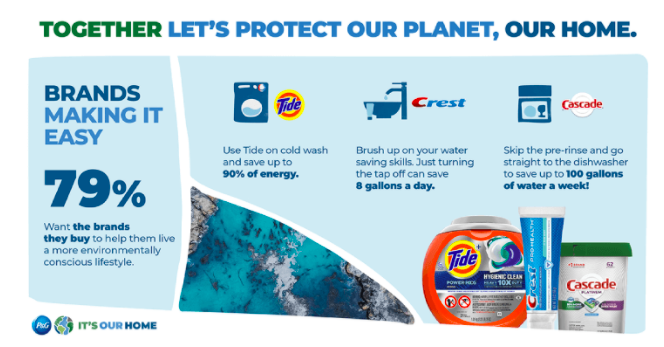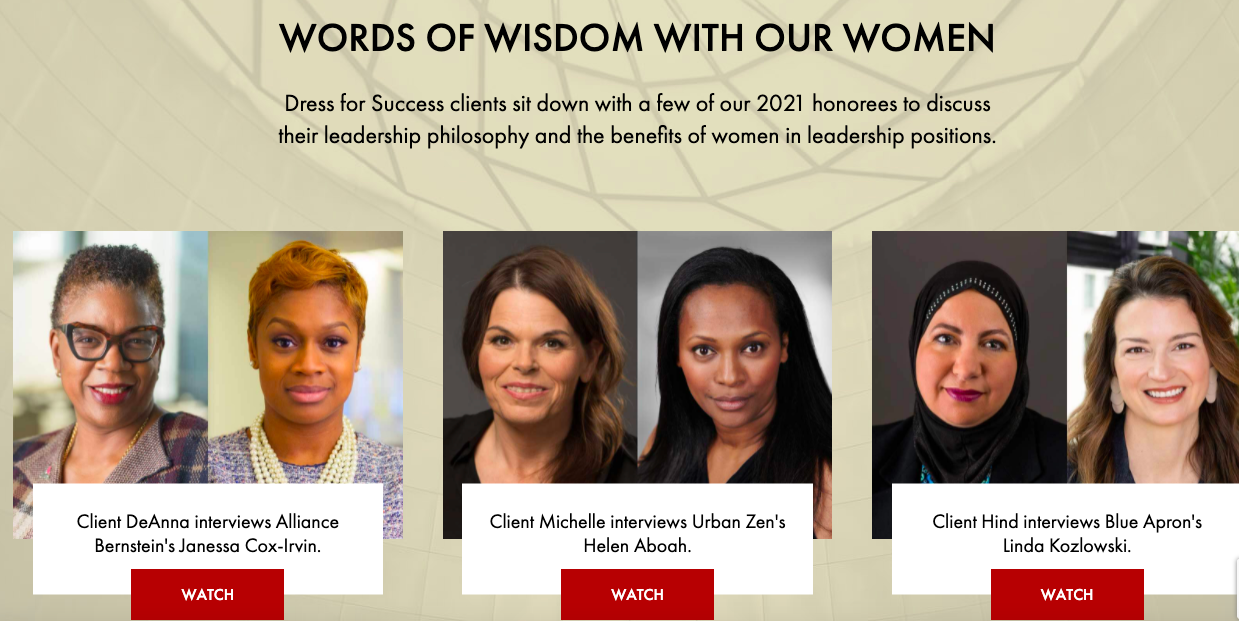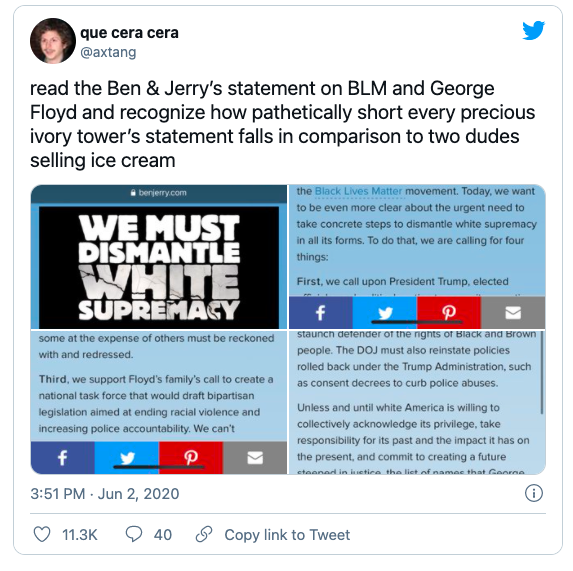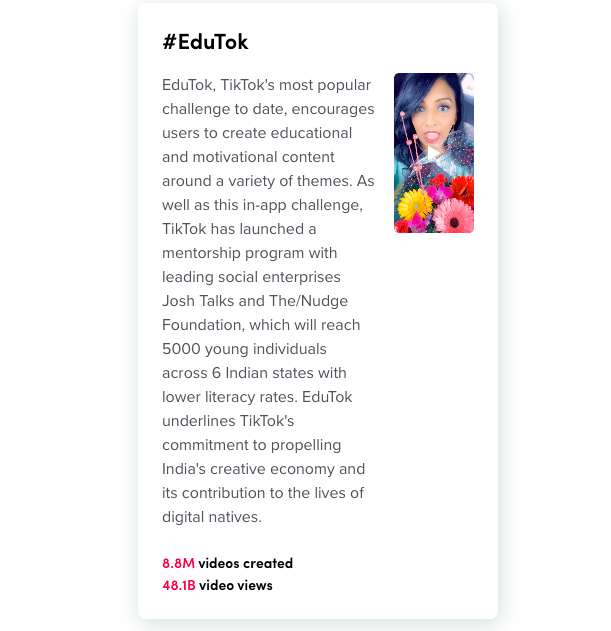6 Steps to Build Awareness Campaigns for Small Businesses
For companies that aim to expand their audience while supporting a specific cause, an awareness campaign might be where to start.
An awareness campaign is a strategic, time-sensitive campaign aimed at increasing public visibility for a cause.
These campaigns, however, aren’t to be confused with branding-building initiatives.
Need help selecting a company?
Based on your budget, timeline, and specifications we can help you build a shortlist of companies that perfectly matches your project needs. Get started by submitting your project details.
Brand Campaigns v. Awareness Campaigns
Business launch brand campaigns to market their services and build an identity in their marketplace. Branding experts help companies bring awareness to their services through promotional activities aimed at their customers.
An awareness campaign differs by focusing on increasing visibility and spreading news about a cause to create a strong base of support. These campaigns can help companies drive their mission forward rather than promote their products or services.
To start your awareness campaign, you must begin planning with these six key steps:
1. Start with Research
The first step in starting an effective awareness campaign, like any other branding initiative, should be market and consumer research.
While awareness campaigns have increased in popularity, it is important that businesses consider that fits within their mission and company values before beginning their planning.
Companies should study their competitors and other campaigns within their industry and ask themselves:
- What worked for them?
- What didn’t work?
- What can we do better?
Those are all factors to consider when researching ideas and before making key decisions.
It is also important to think logically about the company's future by considering:
- Is this a campaign strictly for their current audience or do they hope to expand their network?
- Is this campaign meant to be a long term plan that happens every year or is it a one and done?
- Is this campaign for a specific social media channel or is it meant for a wider reach?
Once all of these factors are considered within the initial research phase, businesses can begin nailing down more concrete details.
2. Create a Timeline
A crucial part of structuring an awareness campaign is considering time.
Companies should consider:
- The timeline: How long is the campaign lasting? A day, a week, or month?
- The time frame: When are you launching the campaign? Does it correspond with a specific event or time of year?
For example, companies take advantage of launching their own awareness campaigns that correspond with environmental issues around Earth Day.
Procter & Gamble (P&G) was one of the companies that launched an Earth Day awareness campaign with #ItsOurHome.
For this campaign, P&G committed to use their voice to make a world of difference for the planet by promoting sustainability with different brands.

A key element of the campaign was to make sustainability seem easier for families that use P&G products.
The awareness campaign promoted the importance of reducing manufacturing and transportation emissions and increasing the use of reusable materials in their everyday products.
3. Select Your Audience
Once a company picks their timeline for launching their awareness campaign, the next step is identifying their target audience. Ideal audiences can range for very niche to global.
To celebrate International Women’s Day (IWD) in 2021, several brands promoted campaigns to highlight the ongoing fight for women’s rights and equality all over the world.
Anine Bing, an international fashion line, partnered with Dress for Success throughout Women’s History Month. The clothing brand donated one hour of pay from each member of their global staff to the organization on IWD.
The “Your Hour Her Power” campaign highlighted groundbreaking women in leadership positions across the globe.

The company also encouraged people to contribute to the campaign that would improve the lives of women worldwide and help them reach a goal of $20,000.
One component of selecting the right audience is to resonate with a group that’s easily accessible. This partnership focused on the betterment of women, appealing to women in power positions.
4. Craft Your Messaging
In order to increase awareness with campaigns, it is key for companies to put in the time and effort to optimize messaging.
To formulate a clear and communicative message, businesses need to understand their own purpose and how it connects back to their overall mission.
It is also important that the message stands out within the marketplace or worldwide.
As a popular ice cream brand, it might be shocking to some that Ben & Jerry’s focuses on a socially conscious message.
After the murder of George Floyd, Ben & Jerry’s was praised for their statement against police brutality and white supremacy.

In an article with Business Insider, a representative of the brand said “we are in a multiyear campaign for criminal-justice reform and are doing our best to raise awareness of systematic racism and its historic roots.”
As part of their ongoing awareness campaign, the company leverage social media marketing strategies to highlight many topics, encouraging voting in local elections, advocating for bills, and even doing what they do best – ice cream.
Ben & Jerry’s released “Justice ReMix’d" — an ice cream flavor dedicated to criminal justice reform. A portion of its sales go to the Advancement Project, a civil rights organization.
Businesses shouldn’t be discouraged from launching awareness campaigns that go beyond their original scope.
5. Pick Your Channels
Along with the actual messaging, it is important to find the right channel to promote an awareness campaign.
Businesses should consider using:
- Phone calls
- Email marketing channels
- Direct mail
- Social media
To target younger generations, different organizations have flocked to TikTok to raise awareness for specific causes.
TikTok for good’s message is simple: use TikTok to do good.

Along with promoting educational programs, organizations have made campaigns for climate change, animal welfare, and more.
6. Present Your Call to Action
All awareness campaigns must end with a call to action.
A good call to action encourages people to take the next step. Do you want customers to donate? Follow a social media account? Call their local senators?
Having a specific goal at the end of your campaign is a good way to track its success.
Launch an Awareness Campaign
All businesses, no matter the size, can build an awareness campaign following these steps:
- Research previous campaigns for ideas
- Schedule timing for the campaign
- Find the right audience
- Target the messaging
- Select the right promotional channels
- Decide on a call to action
Once all of these steps are put in place, companies should feel prepared and motivated to launch.
Need help selecting a company?
Based on your budget, timeline, and specifications we can help you build a shortlist of companies that perfectly matches your project needs. Get started by submitting your project details.